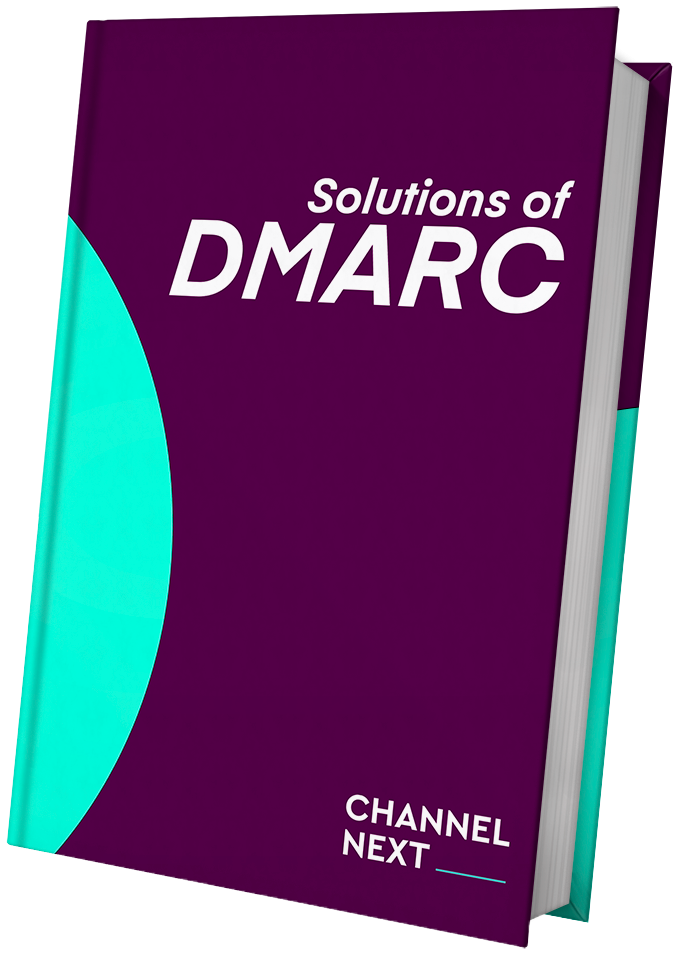
Asset management does not necessarily have to involve fixing defective assets. Asset management requires that you have the resources available to meet your needs. There are many challenges in asset management. It can be difficult to manage a small business. Once you feel your strategies are ready to go, the industry changes and your business starts to grow.
Small businesses will continue to change and grow. The need for small business asset management is constant. Small businesses are the engine of their operations. It doesn’t matter how big your company is, asset management is vital to the success of any business.
The Challenges Small Businesses Face in Managing Assets
Small businesses need to track, value, and safeguard their assets just like large corporations. Asset management software can help you keep control of all your assets by giving you easy access to all your data and allowing you to know the exact location and performance details of all your assets.
Small enterprises are more dependent on each resource than larger businesses because they generally have less resources. The impact of a business’s assets failing or disappearing on income and production would be greater than for larger businesses. Let’s look at the problems.
- Small businesses have less resources.
- They are more vulnerable in fixed asset management.
- They often require employees to complete multiple tasks simultaneously.
- Inadequate information awareness can lead to administrative headaches, expenses, tax, and legal problems.
Why Asset Management is Important for Small Businesses:
Asset management software is essential for small businesses. It allows them to track, value, and safeguard their assets just like large businesses. Asset management software can help you keep control of all your assets by giving you easy access to all your data and allowing you to know the exact location, value and performance of all your assets.
Small enterprises are more dependent on each resource than larger businesses because they generally have less resources. The impact of an asset’s loss or malfunction on income and production would be greater for small businesses than it would be for larger companies. Small businesses face the following problems when it comes to asset management:
- Maintenance costs are high
- Issues with asset visibility
- There is a greater risk of incorrect data
- Variable finance: Working with variable funds
Your staff will need to learn a new management system. However, many software systems offer user-friendly interfaces that make it easier to transition. These software systems are often more accessible than traditional manual asset management systems.
The Benefits of Asset Management for Small Businesses
Remove Manual Processes
Small business tools for managing assets offer efficient automation solutions that eliminate manual tasks and dramatically reduce mistakes. This program is faster than spreadsheets and instantaneously verifies the assets’ status. It can notify personnel about maintenance requirements and calculate the asset value based on depreciation.
The positive impact of automating asset management on other corporate functions is evident. This includes IT, procurement, HR, finance and finance. It allows employees to perform better.
Centralized Systems:
Assets can be physical objects such as IT equipment, machinery and fleet vehicles. Asset management allows asset managers to manage all of their inventory from one place. This makes it possible to use GPS to locate assets and determine who has access to them.
Asset management software allows you to track your assets using tracking technologies such as barcodes and RFID tags. You can also spot inventory shortages and order more goods from vendors. You can also see which row and aisle your assets are located in your warehouse. This allows local staff to quickly pick up, pack, and send their assets.
Access Data From Anywhere:
Modern asset management software can be used with mobile apps that run on the cloud. It allows anyone to view a complete asset directory from anywhere, anytime.
Managers have the option to use mobile devices, laptops and desktop computers to update and access asset data from anywhere. Workers can log maintenance tasks, access inventory and run reports from the job site.
Create Comprehensive and Accurate Asset Data Reports:
A management system can store comprehensive data, which is a big advantage over spreadsheets and other physical documents. It’s easy to keep track of the assets purchased, accessed, and examined by employees.
These records can be used by auditors to assess the financial stability of your business. Even if you are not required to, it is a good idea for your business to have an annual audit. This will ensure that you have all the necessary information in case of an audit.
Cost-Effective:
Although an asset management system may be expensive upfront, it will ultimately prove to be cost-effective. Software for asset management reduces the cost of unforeseen repairs, as well as the costs of replacing lost or stolen equipment. You can track assets with such precision that you’ll always know where they are. Routine maintenance can prevent equipment problems from happening.
Standard asset management systems may be sufficient for smaller businesses. It is also less expensive than highly customized solutions. If you are switching from a spreadsheet-based manual approach, it is a good idea to choose a standard solution.
How to Overcome Asset Management Problems
Select the best system to manage IT and fixed assets:
There are many products in the asset management market that are designed to manage fixed assets. Others are designed to manage IT assets. Small businesses will be more successful if they can choose a system that manages both fixed and IT assets, as well as basic asset tracking features. This will give you greater control and visibility over your assets. It will also maximize your return on investment.
Create a list listing all of your assets, inventory included:
Are there any laws or special requirements that you should note for assets belonging to your small business? How many of each item do you own? Please give details about when your small business added each item to its inventory, where you purchased them and their cost.
Asset management technology such as barcode scanners that have built-in memory allows staff to scan and track assets using their smartphones or tablets. You can save money by replacing expensive handheld scanners that get lost or damaged. It’s easy to conduct regular asset audits and ensure that your data is correct.
Find out the location and trend of your assets:
Are you more likely to keep your assets in one location or do you spread them out across several locations? Sometimes, you might have multiple distribution warehouses, storage areas, job locations, or offices scattered across the country. How do you manage assets that move from one location to the next?
It’s important to establish a link between parents and children to ensure that you can follow an item to its exact location. A barcode scanner is useful again. The allotted users will know who checked the item out, where it is going and what it is being used for. They can also determine when an employee will return it. As the asset is being checked out, employees can scan it. This information allows the workflow to continue without interruption and ensures that everyone knows where each asset is.
Choose a Vendor that Values Your Business:
Choose an Asset Management Software supplier that will value your business from the perspective of the supplier relationship. Although most businesses have efficient account management processes, genuine concern is a different thing. To find out if they truly care, ask potential suppliers of asset software for small business references.
Final Thoughts
Asset management technology can be used by all sizes of businesses. Asset management software can also be used to aid in audit procedures, which ensures compliance with regulatory requirements. Asset management software can be accessed from anywhere via cloud computing. You can even access it with your smartphone.
Cloud technology allows you to work from anywhere. This asset management software program can offer many benefits.
Cloud computing is a key component of modern IT services and systems. The type of cloud implementation and business needs, as well as variables like hosting infrastructure, data storage and analysis, will determine the number and extent of IT assets that are available in the cloud.
Written by Vinutha



















